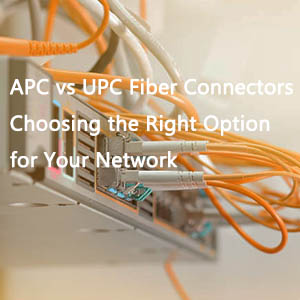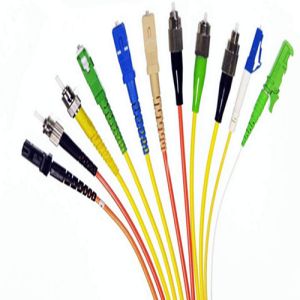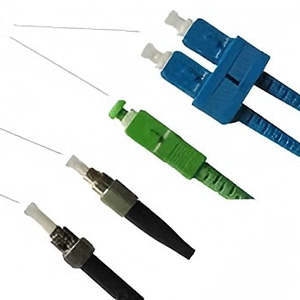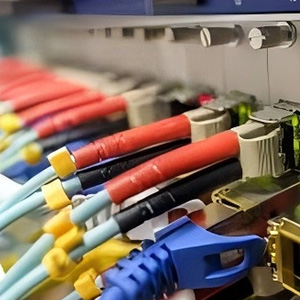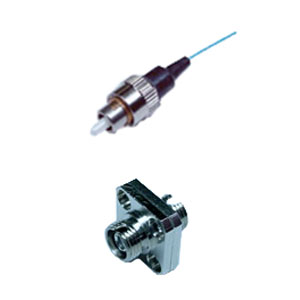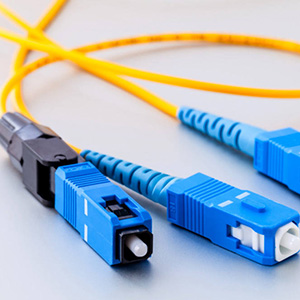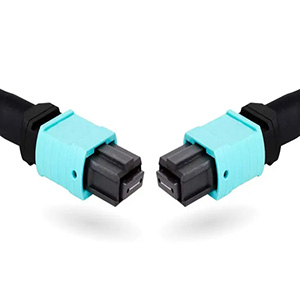The landscape of Fiber-Optic Connectors is as diverse as it is intricate, with the Subscriber Connector (SC) and Lucent Connector (LC) standing out as pivotal solutions in the domain of optical fiber transmission. As high-bandwidth communication and data services expand exponentially, so too does the demand for these connectivity devices, which are now ubiquitous across LANs, SANs, WANs, and other critical network infrastructures.
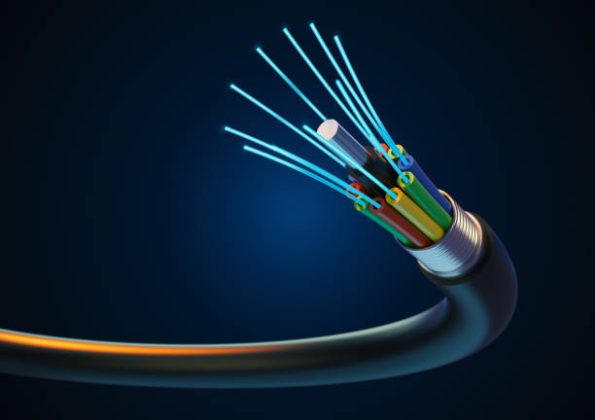
What Sets A Good Fiber-Optic Connectors Apart From The Rest?
In this comprehensive analysis, we explore the evolution of SC and LC Fiber-Optic Connectors, examining how they have adapted to new technological advancements and the burgeoning demands of applications like data centers and 5G base stations.
SC Fiber-Optic Connectors: The Enduring Standard
The SC connector, with its nickname “stick and click” reflecting its user-friendly design, offers a push-pull mechanism that ensures a highly accurate alignment in fiber-optic links. Despite its larger form factor, the SC connector remains a popular choice for applications sensitive to return loss, such as FTTX networks and video delivery over RF signals.
LC Fiber-Optic Connectors: Innovation in a Smaller Package
The LC connector, developed by Lucent Technologies (now part of Nokia), was a game-changer with its compact design and high connection density. Initially met with a lackluster response due to licensing fees, the LC connector has since gained traction, especially in fiber applications like FTTH, where its smaller ferrule and connector housing are significant advantages.
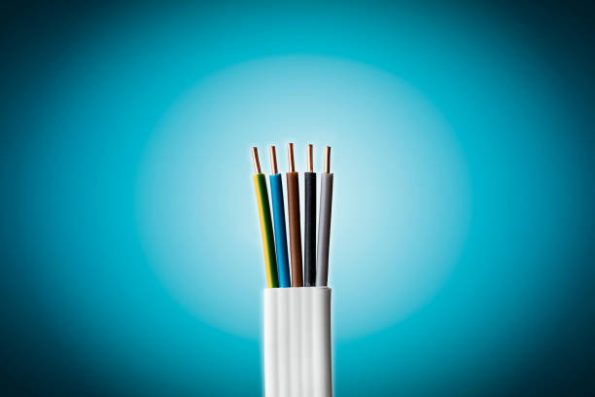
A Comparative Edge
When comparing SC and LC Fiber-Optic Connectors, it’s evident that both provide nearly identical insertion loss and return loss, making them equally reliable in terms of optical performance. However, the LC connector’s 50-percent-smaller footprint is a game-changer, particularly for next-generation IT applications where connection density is a critical selection criterion.
Cost Considerations and Future Outlook
While SC Fiber-Optic Connectors may be manufactured at a lower cost, the LC connector’s density advantage is expected to dominate the market segment. As the economy of scale kicks in, the cost gap between SC and LC devices is likely to narrow, making the LC connector an increasingly attractive option.
In conclusion, the choice between SC and LC Fiber-Optic Connectors will ultimately depend on the specific requirements of the application. As fiber-optic communication continues to grow and expand into new areas, the importance of selecting the right connector to ensure precise connections, minimize losses, and contain electromagnetic interference cannot be overstated. Whether it’s the SC connector with its enduring reliability or the LC Fiber-Optic Connectors with its innovative compactness, both are set to play a crucial role in the future of fiber-optic technology.


